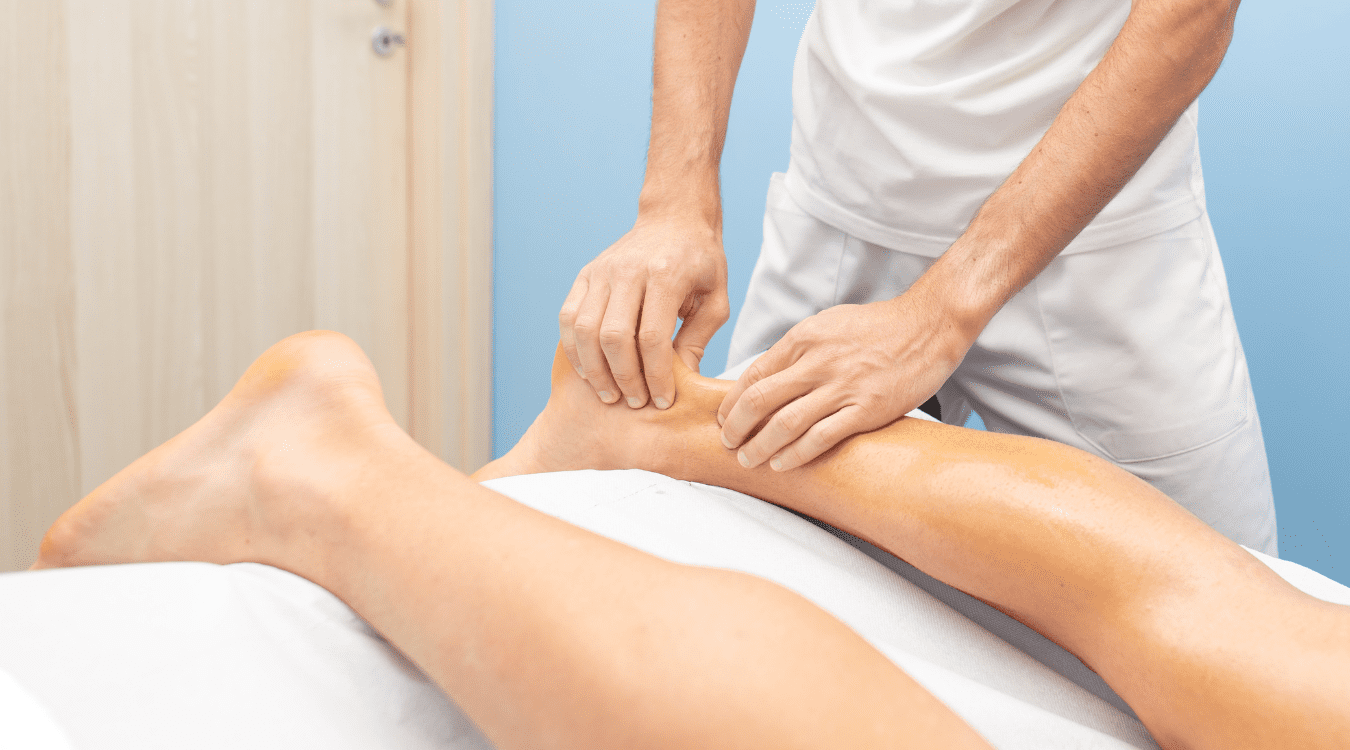Achilles tendonitis is a common condition that causes pain and inflammation in the Achilles tendon, the large tendon that connects your calf muscle to your heel bone. This tendon plays a vital role in activities like walking, running, and jumping. When it becomes inflamed, even simple movements can become difficult and painful.
Understanding the Achilles Tendon
The Achilles tendon is the strongest tendon in the human body. It transmits the force generated by your calf muscles to your heel bone, allowing you to push off the ground when you walk, run, or jump. Due to the constant stress it undergoes during these activities, the Achilles tendon is susceptible to overuse injuries.
Causes of Achilles Tendonitis
Achilles tendonitis is commonly caused by repetitive stress on the tendon. This can occur due to:
- Sudden increases in activity: If you suddenly increase the intensity or duration of your workouts, particularly activities that involve jumping or running, you can overload the Achilles tendon, leading to inflammation.
- Tight calf muscles: Tight calf muscles can place excessive strain on the Achilles tendon, especially when pushing the ground.
- Improper footwear: Shoes that lack proper arch support or cushioning can contribute to Achilles tendonitis.
- Biomechanical abnormalities: Certain foot and ankle structures can predispose you to Achilles tendonitis. These may include flat feet, high arches, or a leg length discrepancy.
- Age: As we age, the Achilles tendon naturally loses some of its elasticity, making it more susceptible to tears and inflammation.
Risk Factors for Achilles Tendonitis
While anyone can develop Achilles tendonitis, certain factors can increase your risk, including:
- Being overweight or obese: Excess weight puts extra stress on the Achilles tendon.
- Certain sports: Activities that involve repetitive jumping or running, such as basketball, tennis, and running, put a higher strain on the Achilles tendon.
- Having flat feet or high arches: These foot structures can alter your biomechanics and increase stress on the Achilles tendon.
- Previous Achilles tendon injury: If you have previously injured your Achilles tendon, you are more likely to experience another injury in the future.
Symptoms of Achilles Tendonitis
The most common symptom of Achilles tendonitis is pain in the back of your heel, especially in the morning or after periods of inactivity. The pain may be:
- Dull and aching
- Sharp and stabbing
- Worse with activity, particularly jumping or running.
- Tender to the touch.
Other symptoms may include:
- Stiffness in the Achilles tendon, especially in the morning
- Swelling around the Achilles tendon
- Weakness in your calf muscle
- Difficulty pushing off the ground when walking or running.
Diagnosing Achilles Tendonitis
To diagnose Achilles tendonitis, Dr. Ryan M. Sherick at Apex Foot and Ankle Surgery will likely perform a physical examination of your foot and ankle. They will ask you about your symptoms, medical history, and activity level. In some cases, imaging tests such as X-rays or ultrasounds may be ordered to rule out other possible causes of your pain, such as a fracture or tendon tear.
Treatment Options for Achilles Tendonitis
The good news is that Achilles tendonitis is often treatable with conservative measures. The goal of treatment is to reduce inflammation, improve flexibility, and strengthen the Achilles tendon and calf muscles. Treatment options may include:
- Rest: Reducing or modifying activities that aggravate your pain is crucial for allowing the tendon to heal.
- Ice therapy: Applying ice packs to your Achilles tendon for 15-20 minutes at a time, several times a day, can help reduce inflammation and pain.
- Compression: Wearing a compression wrap or sleeve can help to reduce swelling and support the Achilles tendon.
- Nonsteroidal anti-inflammatory drugs (NSAIDs): Over-the-counter pain medication such as ibuprofen or naproxen can help to relieve pain and inflammation.
- Physical therapy: A physical therapist can teach you specific stretches and exercises to improve flexibility, strengthen the muscles in your foot and ankle, and improve your overall biomechanics.
- Orthotics: Custom orthotics can help to correct any biomechanical abnormalities that may be contributing to your Achilles tendonitis.
- Night splints: Wearing a night splint can help to keep your ankle in a dorsiflexed position while you sleep, which can stretch the Achilles tendon and reduce pain.
When to Consider Advanced Treatments
If conservative treatments don’t provide relief after several months, your podiatrist may recommend other options, such as:
- Corticosteroid injections: Injections of corticosteroids can provide a powerful burst of medication to reduce inflammation in the Achilles tendon. However, these injections should be used sparingly as they can weaken the tendon with repeated use.
- Shockwave therapy: Shockwave therapy is a non-invasive treatment that uses sound waves to stimulate healing in the Achilles tendon. This treatment may be beneficial for chronic Achilles tendonitis that has not responded to other therapies.
- Surgery: In rare cases, surgery may be necessary to repair a severely torn Achilles tendon. Surgery should only be considered as a last resort after all other treatment options have been exhausted.
Preventing Achilles Tendonitis
Here are some tips to help prevent Achilles tendonitis:
- Gradually increase your activity level: If you are starting a new exercise program, gradually increase the intensity and duration of your workouts to allow your body to adapt.
- Warm up before exercise and cool down afterward: A proper warm-up helps to prepare your muscles and tendons for activity, while a cool-down helps to reduce muscle soreness and inflammation.
- Stretch your calf muscles regularly: Regularly stretching your calf muscles can help to improve flexibility and reduce the risk of Achilles tendonitis.
- Maintain a healthy weight: Excess weight puts extra stress on the Achilles tendon.
- Wear proper footwear: Choose shoes that fit well and provide good arch support and cushioning.
- Strengthen your calf muscles: Strong calf muscles can help to absorb shock and reduce stress on the Achilles tendon.
Apex Foot and Ankle Surgery Can Help
At Apex Foot and Ankle Surgery, Dr. Ryan M. Sherick understands the pain and limitations that Achilles tendonitis can cause. We offer a comprehensive approach to treatment, utilizing the latest advancements in podiatric medicine to help you achieve a full recovery and get back to the activities you enjoy. If you are experiencing pain in your Achilles tendon, schedule an appointment with Dr. Ryan M. Sherick today. With early diagnosis and proper treatment, most cases of Achilles tendonitis can be resolved effectively.
Additional Tips
- Listen to your body: If you experience pain in your Achilles tendon, stop the activity and rest. Ignoring the pain can worsen the injury and make it take longer to heal.
- Be patient: Achilles tendonitis can take time to heal. Be patient and follow your doctor’s treatment plan carefully.
- Maintain a healthy lifestyle: Eating a healthy diet and getting enough sleep can help to promote healing and overall well-being.
By following these tips and seeking professional care for Achilles tendonitis, you can prevent the condition from disrupting your active lifestyle.

